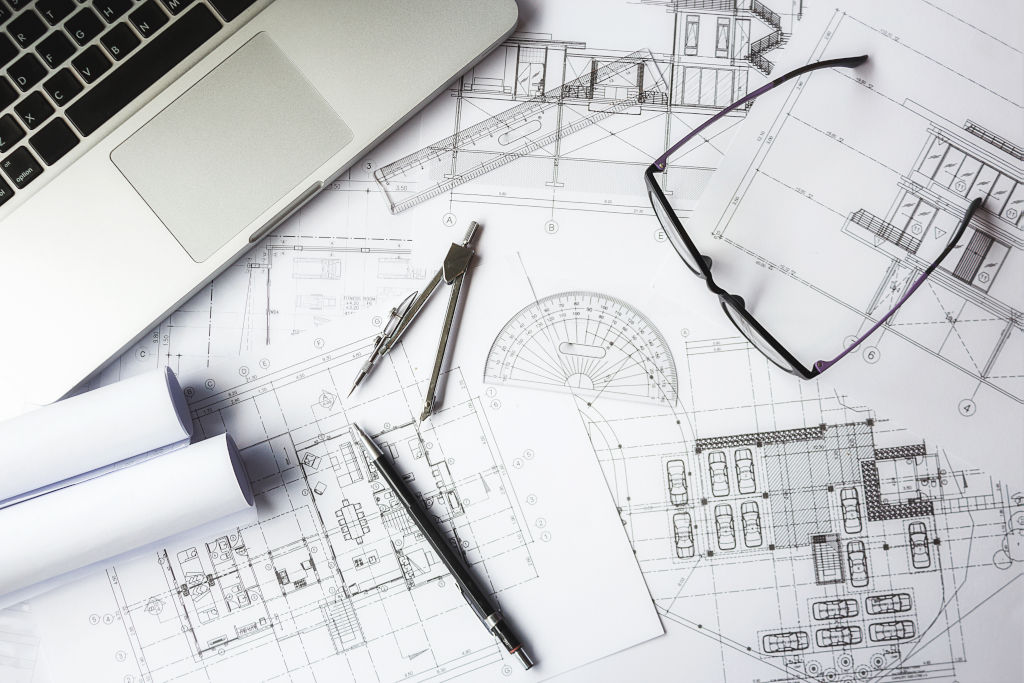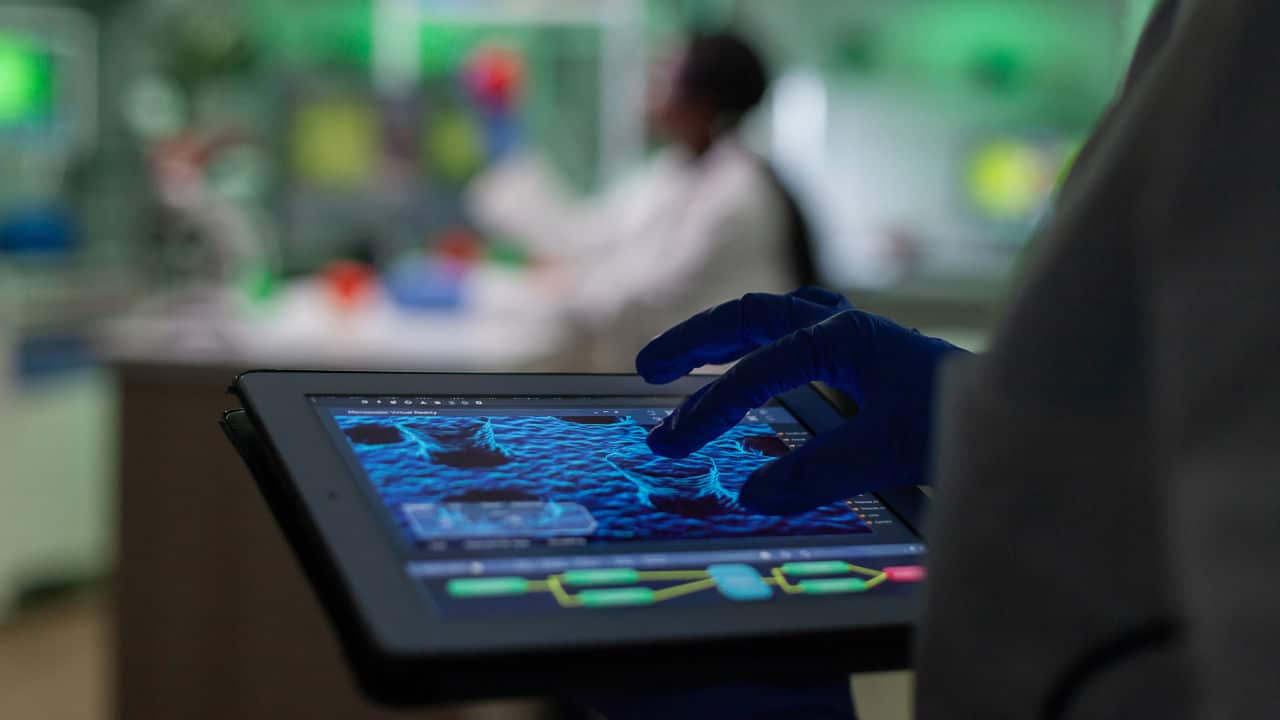Forensic engineering is the field of forensics that analyzes property loss and injuries caused by material, component, design, and construction failure. These might be little occurrences like a crankshaft cracking or major tragedies like a bridge collapse.
Forensic engineering investigations yield results that are submitted to manufacturers, builders, insurance companies, and law firms.
If there was property damage, economic loss, personal injury, or death, forensic evidence and the investigator’s testimony could be used in court, arbitration, and other settings.
To prosecute and defend civil and criminal claims, legal judgments depend on the results of investigations.
How Does Forensic Engineering Work?
When reconstructing crimes and accidents to figure out their causes, forensic engineering uses ideas from mechanical, chemical, civil, and electrical engineering.
Reconstruction of auto accidents is a significant part of that effort. Forensic engineers examine the evidence. The evidence includes skid tracks, damage to cars and where they ended after the collision, road and environmental conditions, injuries to the drivers, passengers, and pedestrians, and eyewitness testimony to identify what might have caused the collision.
Engineers may collaborate with forensic pathologists, toxicologists, criminalists, and other engineers to build their interpretations. Some forensic engineers are experts in accidents involving different vessels, such as boats or planes.
Failure analysis is another important aspect of forensic engineering. Engineers from the mechanical, chemical, civil, and structural fields apply their expertise to how and why buildings or other things age or fail early.
Forensic engineers examine the gathered information and provide a formal assessment of the causes of structural breakdown based on engineering principles and procedures. The report may be utilized in court in instances of catastrophic failure. It is also possible for forensic engineers to be called as witnesses in court cases to explain why a structure fell.
More so, when a product design fails, a forensic engineer collaborates with the design and manufacturing teams. They determine why the materials failed and offer recommendations for avoiding future structural failure.
Ultimately, forensic engineering largely involves reverse engineering. As engineering deals with the construction of machinery and other structures, forensic engineering deals with what led to the failure of such machinery or construction.
Therefore, a forensic engineering company usually takes care of all matters that deal with the investigation of the failure of machinery or construction, like a bridge collapse, and helps issues move forward in criminal and civil matters.

How To Know When You Need Forensic Engineering
Forensic engineering is essential in many cases and can be glossed over in certain situations. It is, however, vital to know when to avoid it and when to be all in for a forensic engineering investigation.
Here are some of the cases where forensic engineering is needed:
- When there’s a problem determining liability
Many businesses utilize forensic engineers to help them identify who is responsible for the costs and damages brought on by an occurrence.
For instance, there are many capabilities to be decided in major accidents like an explosion that harmed or even killed workers and damaged a facility or nearby communities. A forensic engineer can shed light on who caused the disaster. They can prove who is accountable for covering the price of repairs and other losses.
This also applies to less catastrophic failures, such as a car accident that didn’t result in injuries but severely damaged one or more vehicles. Forensic engineers can identify the parties legally responsible for the costs and damages in situations like this.
- Failure analysis
Forensic engineers can assist in determining the root cause of a breakdown. You can better grasp the incident’s underlying cause with this determination.
To do this, they examine the scene and gather information regarding the damage. They can determine the root of the problem thanks to their extensive training.
Finding the problem’s root cause is essential since it links the issue to the place and thing that malfunctioned in the first place.
The failure analysis helps to find out the cause of the failure.

- Simplify the technicalities of the incident
Forensic engineers assist you in determining why the failure occurred. This is the action that follows figuring out the cause.
Knowing the general cause differs from identifying the incident’s technical aspect. In this instance, forensic engineering is used to dive into the mechanical aspect of the case. They provide a clear-cut proximate cause of the incident.
You can pinpoint what went wrong for the incident to happen in the first place once the exact cause of the occurrence has been identified.
For instance, a warehouse fire might have been started by a circuit breaker. However, knowing why it occurred would entail investigating the precise type of failure the breaker encountered to start the fire. For instance, this could be defective wiring.
Therefore, while a malfunctioning circuit breaker is a primary factor, improper wiring was the original contributing factor.
As a result, the warehouse’s original wiring is at fault. Depending on the agreement, this might be attributed to the builder, the electrician, or the owner of the present warehouse.
- When there is a need for preventive measures
Forensic engineering is important in aggressively preventing future mishaps and maintaining safe operations following a disaster.
The first step of prevention is knowing why the failure occurred and promoting the operation’s long-term health and safety.
Once the cause of the problem has been identified, forensic engineers continue to work with you. They frequently go above and above because the safety of your operation is their priority.
They can assist in identifying the problem’s fundamental cause and suggest solutions to stop it from happening again. Also, they work to avert any future problems of a similar nature.
Conclusion
Like other aspects of forensics, forensic engineering helps tremendously move a case forward. This is done by helping to investigate the case accurately. The result of forensic engineering can be portrayed in a forensic animation in court to show culpability in the liable party.
Forensic animators at Fox-AE are professionals who are experienced in creating admissible graphics. We work closely with forensic experts and attorneys on a case to create forensic engineering animation.





